Magazines list (45)
Sort:
The City as a Work of Art
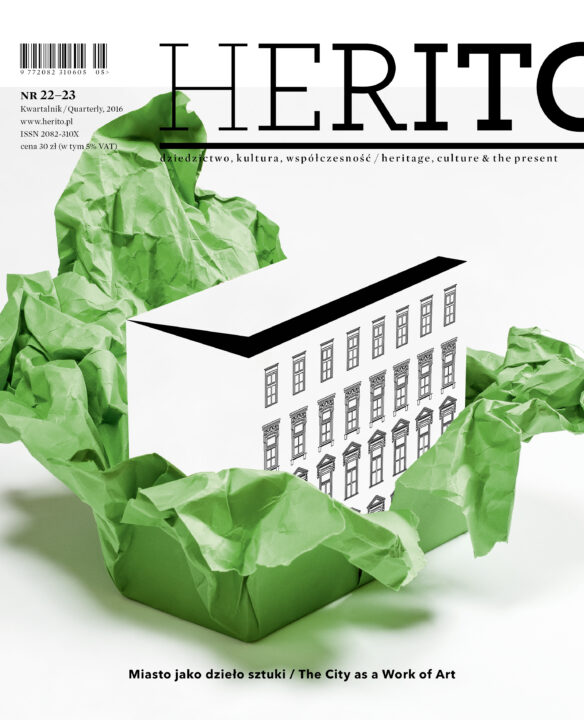
Since the time of Plato and Vitruvius the quest for truth, goodness and beauty has been accompanied by thinking on the ideal layout of the city and composition of its space. It is thus no coincidence that the dream of the ideal city fascinated so many outstanding thinkers and artists of the Italian Renaissance. The goal of achieving harmony and perfection by creating the ideal city plan – stellar, founded on the principles of regular geometricity – has largely, with a few exceptions, remained a utopia.
Premiere:2016
Patterning. Design in Central Europe

Does Central Europe have a distinctive design? In the countries of our part of Europe – which in the last 150 years have experienced constant political, ideological, class, and cultural transformations – design reveals surprisingly many common features.
Premiere:2016
Silesias
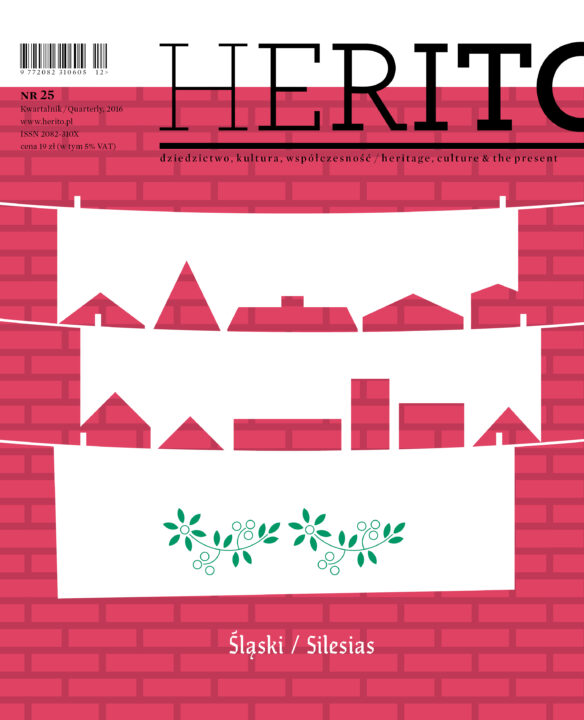
Silesia has a multiplicity of faces. Besides the name, it is difficult to find a common denominator between Lower and Upper Silesia or Cieszyn and Opole Silesia. The multidimensionality of the region has not been determined only by its three formative cultures: Polish, German and Czech. Other important contributors have been two great Christian traditions, Catholic and Protestant, to this day engaged in an intense dialogue with each other.
Premiere:2016
Hungary
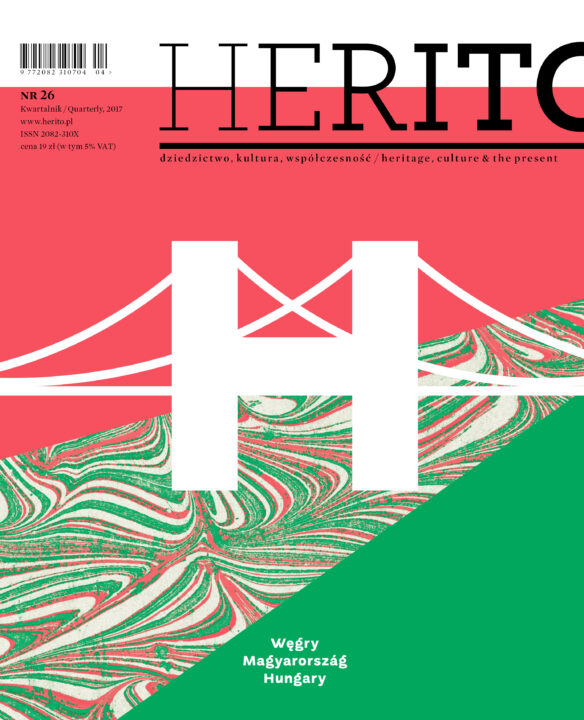
Stanisław Vincenz used to say that the Danube river was a gate to Hungary. Horace wrote that it was as deep as the sea. The Danube unites Hungary, it is the country’s spine and bloodstream. When it flows beyond Hungary, it becomes its border. And in fact, every border is fluid, it both divides and unites, it is an end and a meeting point. The Danube and Hungary are similar.
Premiere:2017
Krakow and the World
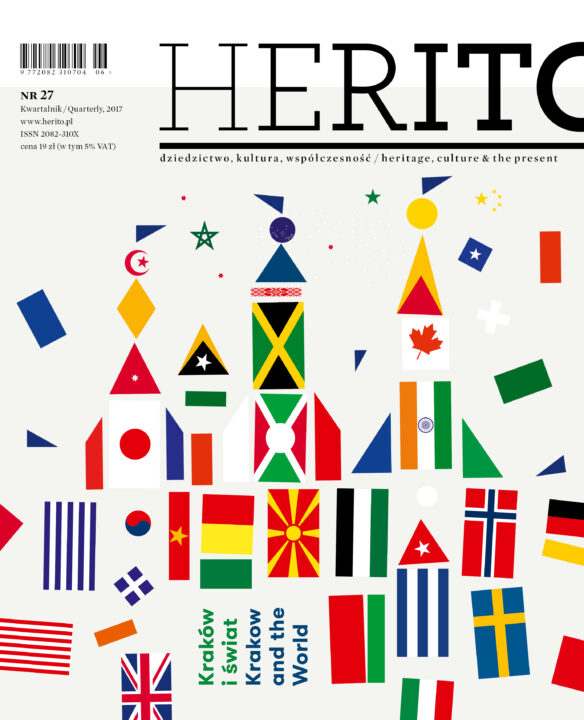
The International Cultural Centre sees its mission and udertakings as founded on what is labelled as cultural heritage, namely using the elements of the past so as to serve present and future goals. The city understood as a mirror of civilisation – let’s take Krakow as an example – was always at the core of this way of thinking. That is why we believe that the debate on the nature of the city as well as the transformation which Krakow has undergone is crucial.
Premiere:2017
Memory of the Reformation
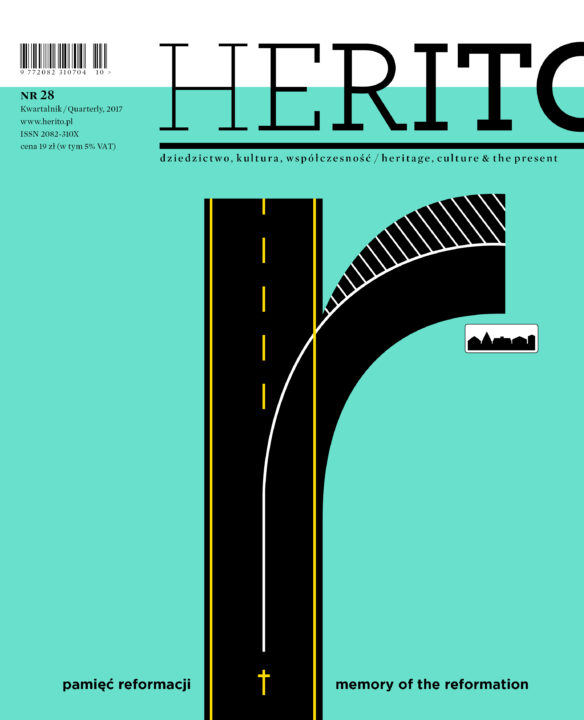
On 31 October 1517, an Augustinian friar and professor of theology, Martin Luther, attached to the door of the castle church in Wittenberg his 95 theses that addressed the abuses of the Roman Catholic Church. Was this event crucial for the development of our concepts of individual freedom and human rights? Would capitalism ever be conceived without the protestant ethos? What was the role of Reformation in the shaping of modern Central European nations? These questions are tackled by authors featured in the 28. issue of “Herito” quarterly.
Premiere:2017
Dissonant Heritage of Central Europe
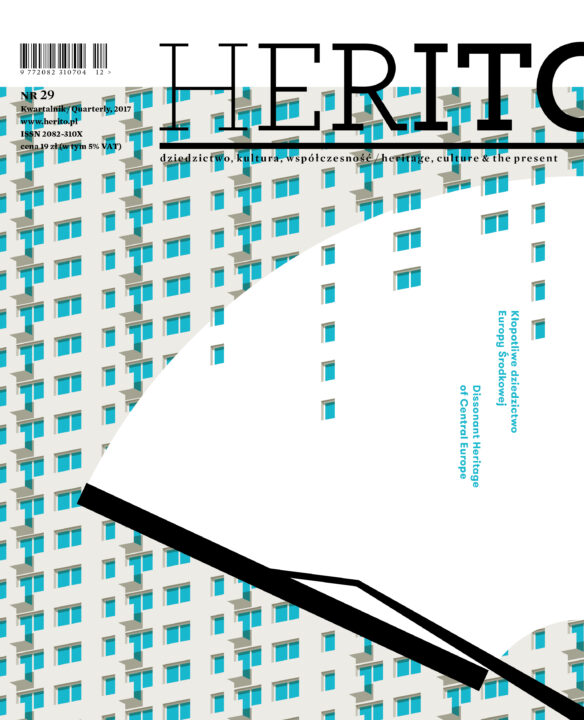
Should the Palace of Culture and Science in Warsaw be preserved or demolished? How to address the dissonant heritage of death camps and monuments to the Red Army? What is the secret to the phenomenon of some “large plate” tower blocks and Socialist Realist architecture? Are we willing to take responsibility for the entirety of material inheritance passed to us by older generations regardless of their national or ideological connotations? Authors featured in the 29th issue of “Herito” quarterly seek answers to these difficult questions.
Premiere:2017
The Balkans Transformed

Do the Balkans still have, as Churchill suggested, “more history than they can stomach”? Are they still the “European Orient”, or a noble buffer zone? What is the condition of literatures of Balkan “smaller languages” and wherein lie their hopes? Or perhaps the old Balkans are no longer there, while its nations are merely stronger or weaker narratives? These are among the leading questions posed in the 30th issue of “Herito” quarterly.
Premiere:2018
Danube – River of Memory
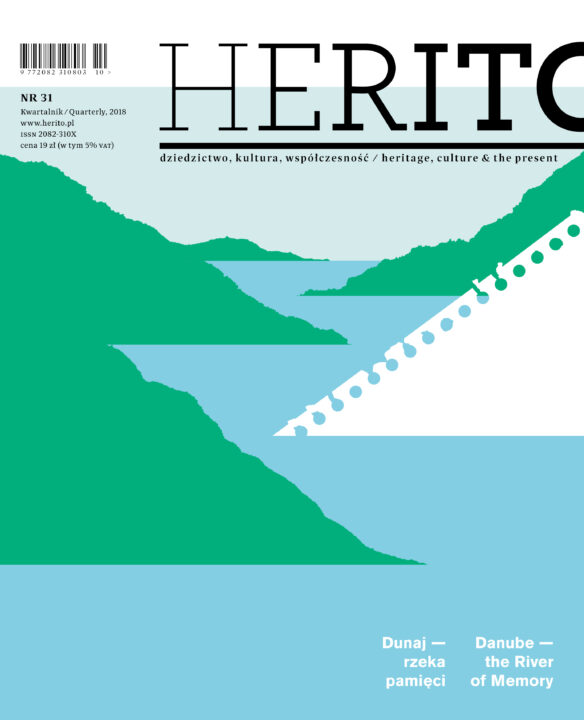
The Danube is not only the longest European river, flowing through ten countries, but above all a monumental medium of historical, collective, and cultural memory. Its waters reflect the history of Europe, from the antiquity, when it marked the northern frontier of the Roman Empire, through the dramatic period of the Second World War, until today.
Premiere:2018
European Year of Cultural Heritage 2018
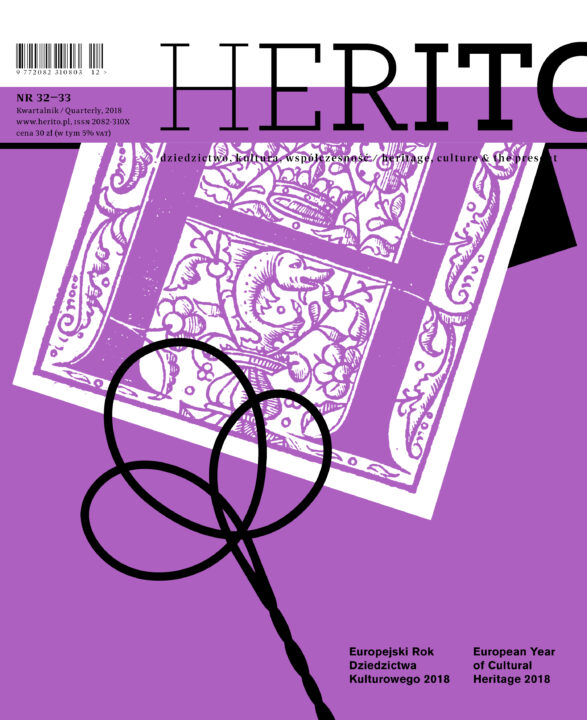
What will remain after the European Year of Cultural Heritage 2018? How to talk about history and memory to build bridges rather than consolidate existing divisions? Where lies the key to formulating an inclusive European narrative that would express the experience of new Central European member states? Why does heritage mean people and what is the direction in which contemporary heritology will develop?
Premiere:2018
Women of Central Europe
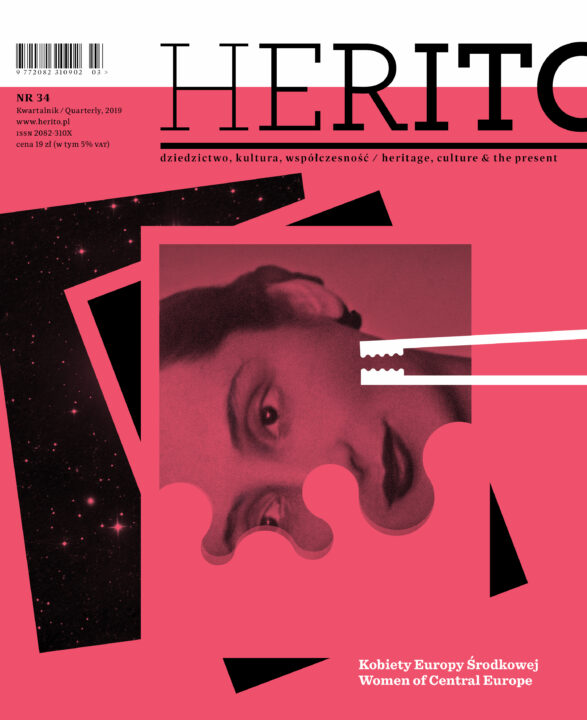
It is only recently that the role of women in history has been more fully recognised. In the early 1970s, the term “herstory” was coined to refer to history told from a woman’s point of view. Although “Herito” always seeks to offer as much space to women authors and their topics as possible, we decided to dedicate the new issue entirely to women that were significant to Central European history, culture, politics, and arts – women often forgotten, underappreciated, or intentionally erased.
Premiere:2019
Europe and the East. Decade of the Eastern Partnership

Has the East ceased to interest the West and how has the “new East” been defined after the political transition of 1989? What was the role of the Dnieper in the formation of the Ukrainian national identity and why is the future of this country dependent on this river?
Premiere:2019
Carpathians

They span over nearly fifteen hundred kilometres across the territories of eight countries and cover the space five times the size of Switzerland. For centuries they have offered the ground for the development of cultures and small centres of the world of the Boykos, Lemkos, Hutsuls, Wallachians, Székelys, and the Transylvanian Saxons.
Premiere:2019
Magical socialist realism?
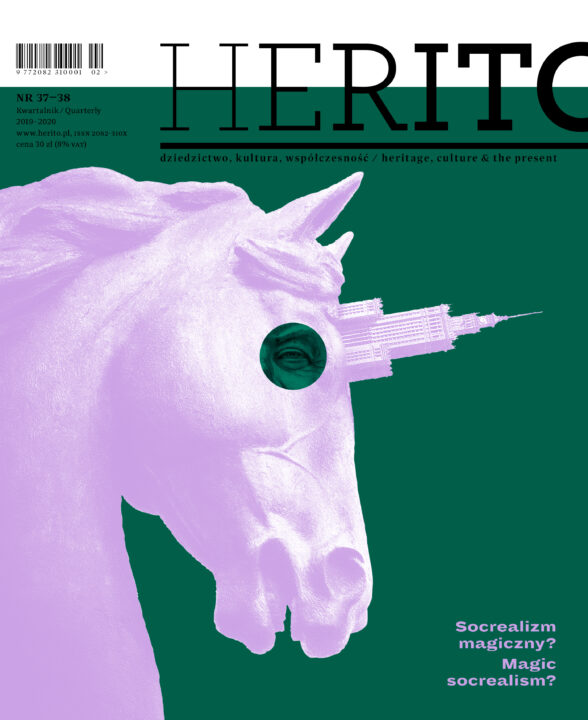
Socialist in content and national in form – these were required features of art and architecture made under the doctrine of socialist realism. Today, in Central Europe, the relics of socialist realism evoke unambiguously negative connotations. Fifty years on, are we able to look at them without these emotions? Which works have stood the test of time? Magical socialist realism – a joke or a hypothesis?
Premiere:2020
Green

The issue of the HERITO quarterly devoted to the relationship between man and nature. Developed in exceptional conditions, between an epidemic, a fire in the Biebrza National Park, and the forecasts of a summer drought, it made us even more aware of the need for contact not only with other people, but also with pure nature.
Premiere:2020
Lithuania
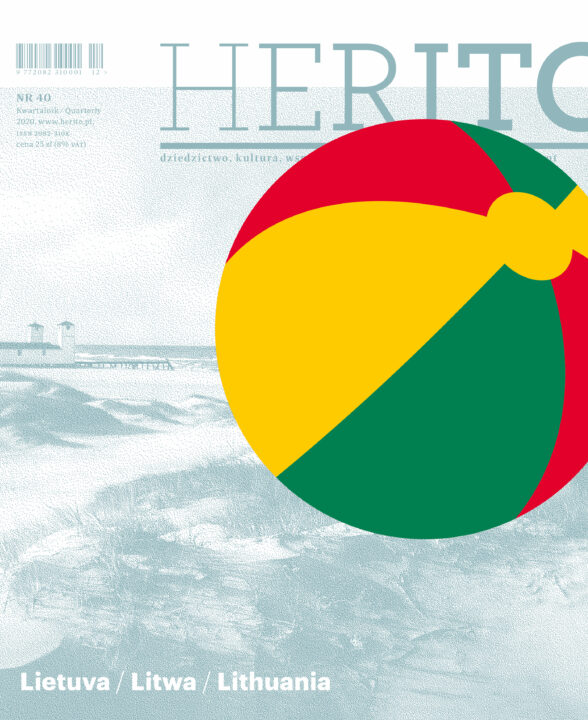
In spite of the stereotypes established in Poland – those of the pagan Lithuanian forest or the tropes of Mickiewicz and Miłosz – the authors look at Lithuania from an unusual side, from the sea. That is why they write more about the Curonian Spit, Palanga, Nida and Klaipeda. Having reached Vilnius, they suggest a different journey – in search of less known monuments than those along the beaten track to the Gate of Dawn, choosing Jan Krzysztof Glaubitz, Wawrzyniec Gucewicz and Mikalojus Vorobjovas as their guides.
Premiere:2021
Belarus
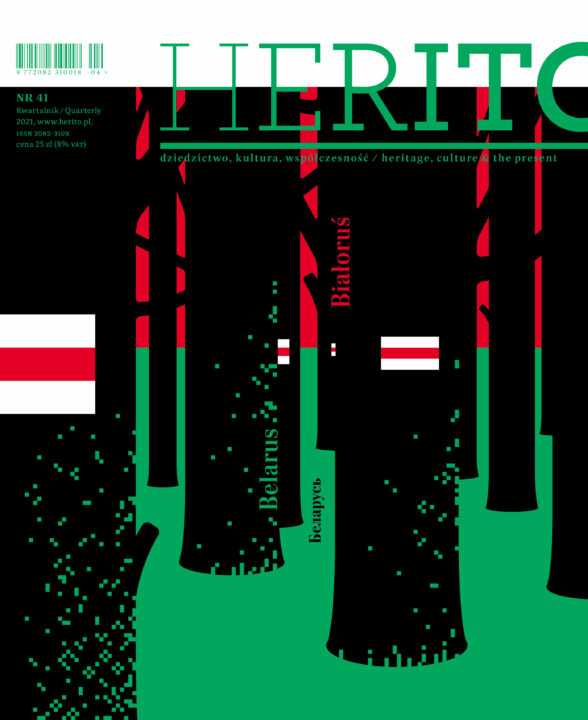
Belarus is much closer to us than it appears to be at first sight: not only because of our shared history or the still ongoing democratic uprising, vividly reminiscent of the events of the 1980s in Poland and other Central European countries.
Premiere:2021
Invisible places

Invisibility is not an empty concept or a neat rhetorical device from the margins of Italo Calvino’s book, but the lived experience of Central Europeans.
Premiere:2021
Austria

We look at Austria through rose-coloured glasses, as a country where everyone loves waltzes, Mozart, Sacher cake, coffee, schnitzel and beer, albeit in a different order. Meanwhile, we are forgetting how varied the country is in terms of its geography, culture, and identity, stretched between two lakes – Neusiedl and Constance. Austria did not emerge ready-made on the map of Europe, but gradually built its identity and shaped its image.
Premiere:2021
Europe on a Plate

Are dumplings, bigos, or ordinary beetroots elements of our cultural heritage? Certainly, yes. "Our tables and menus reflect the entire history that swept across the continent as well as its cultural changes" writes Professor Jacek Purchla in his introduction to the recent issue of “HERITO” magazine. The potato decrees of Frederick II the Great had the same importance for our heritage as the Turkish expansion in the Balkans.
Premiere:2022
Copyright © Herito 2020
